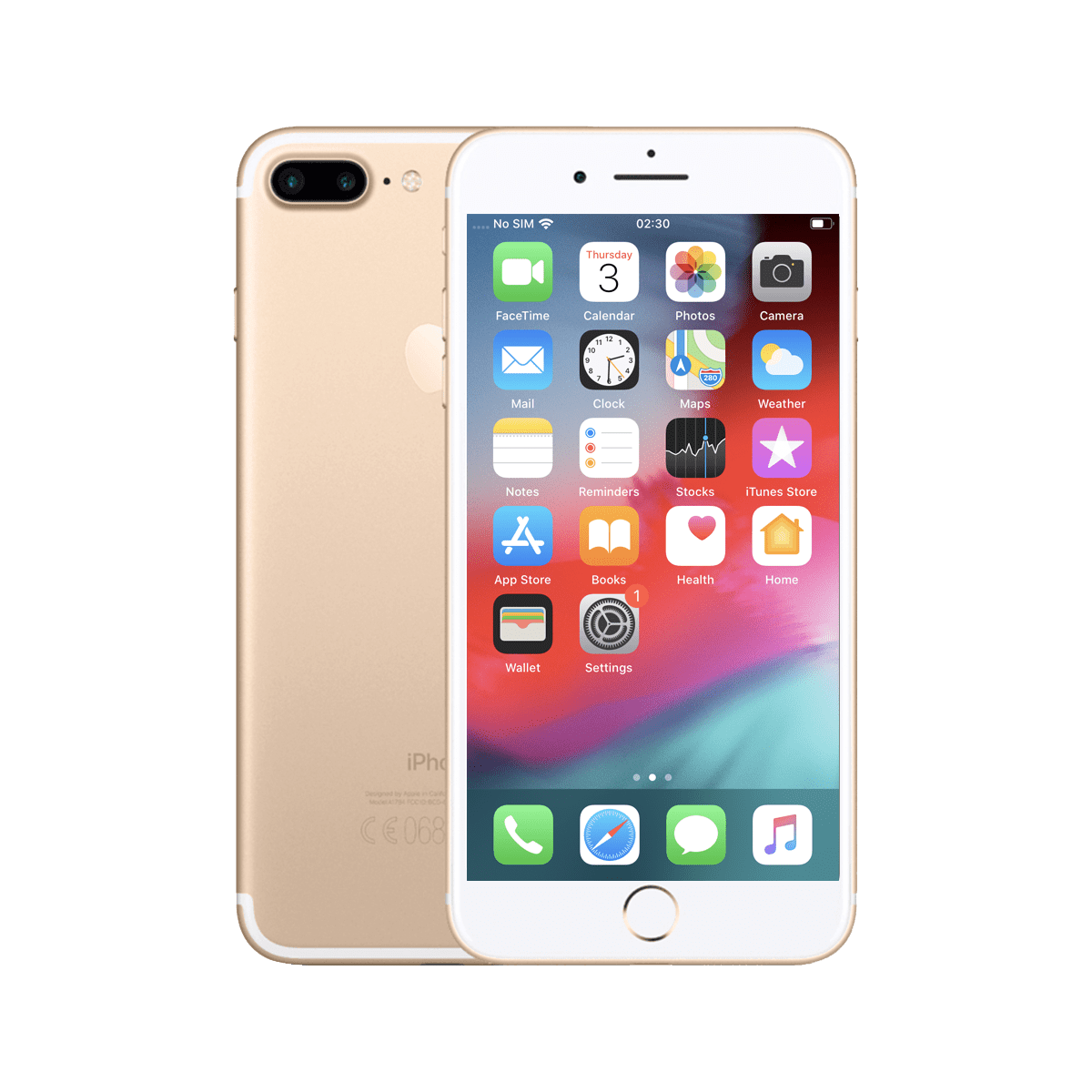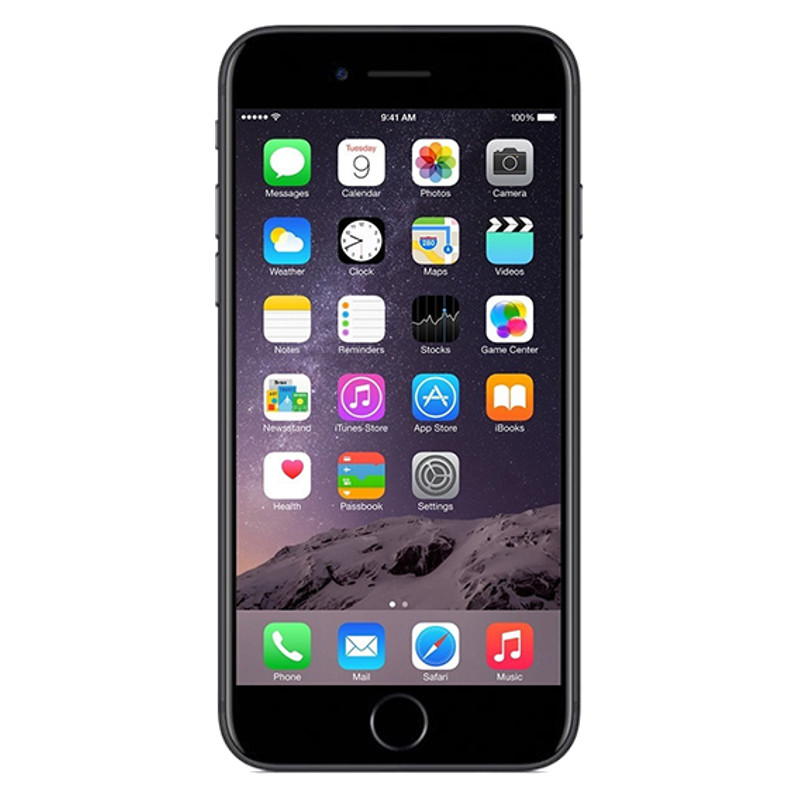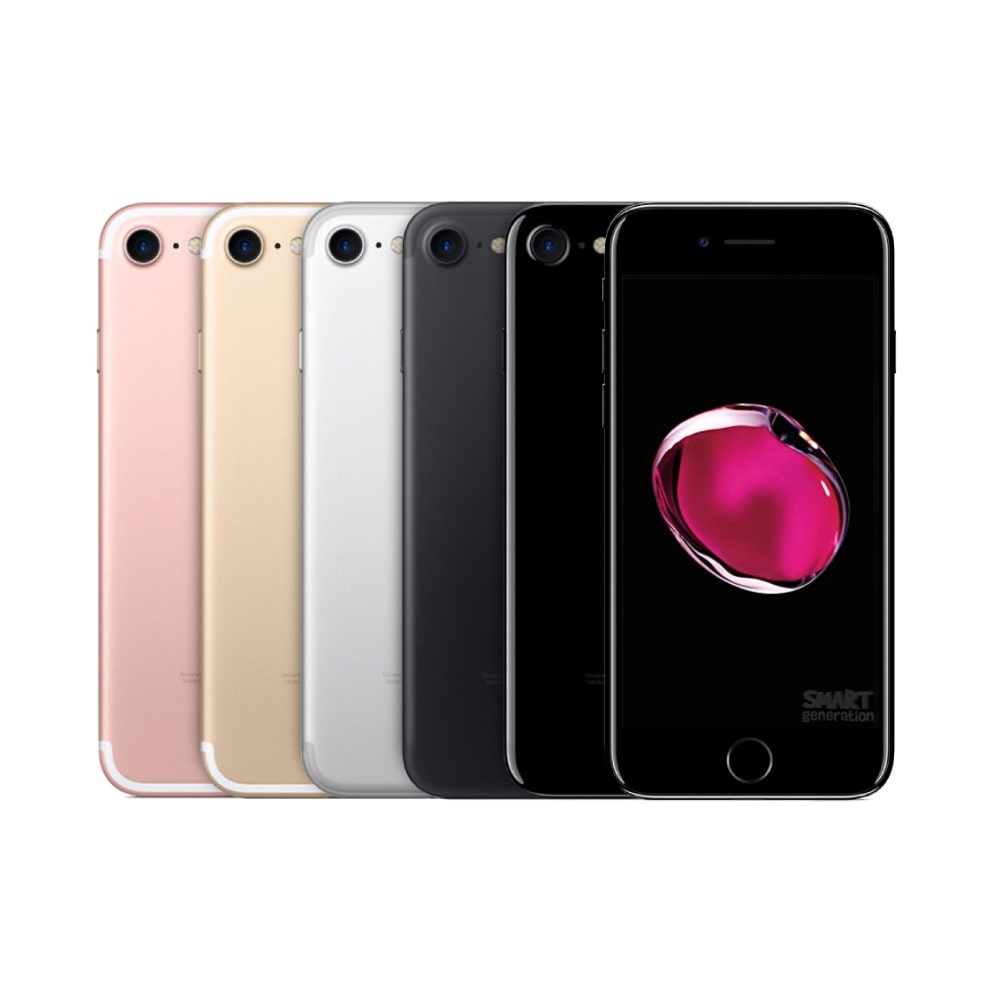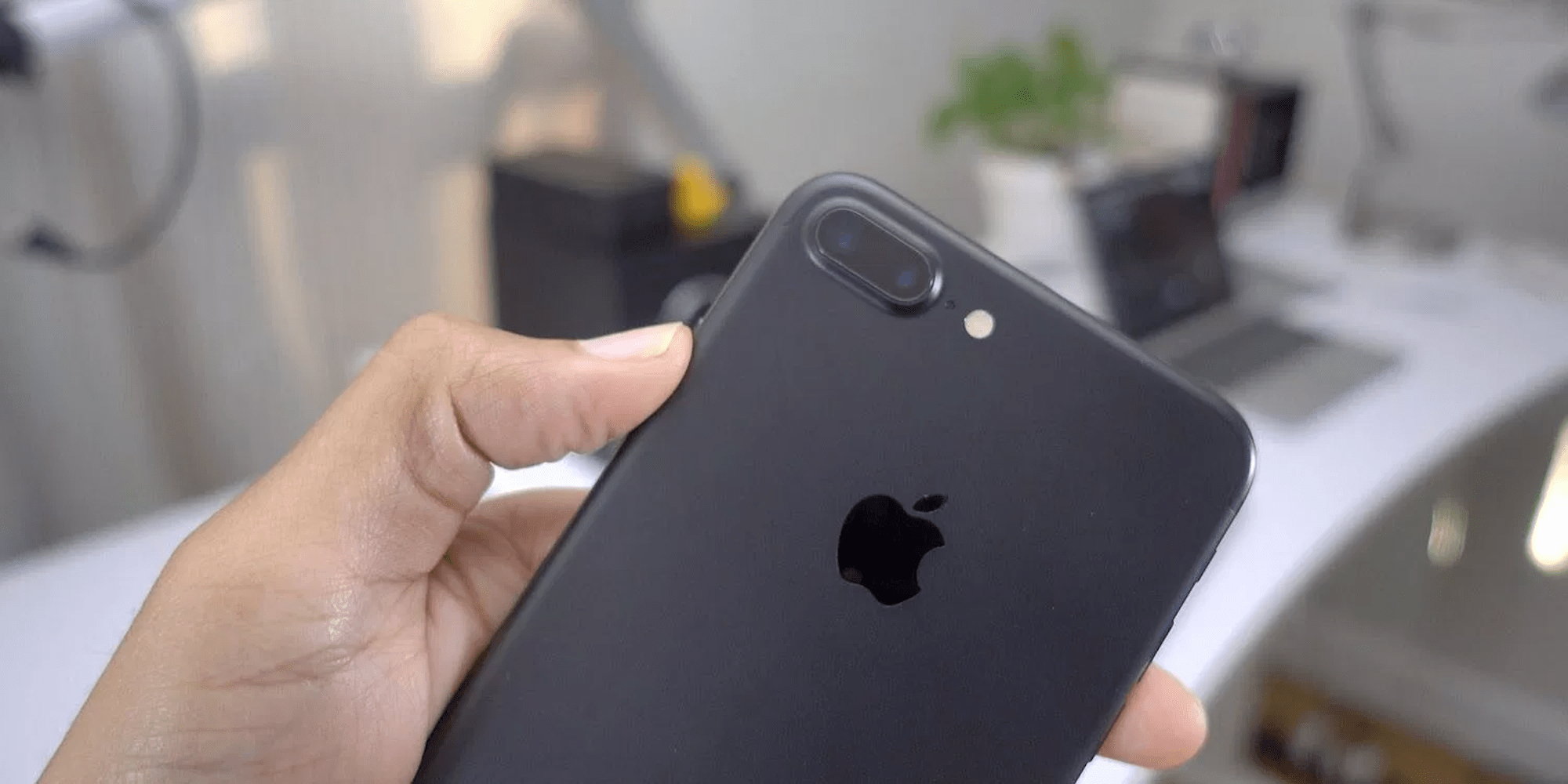The iPhone 7, while no longer the newest model from Apple, still holds a significant place in the iPhone lineage. Released in 2016, it brought with it a bevy of improvements that set the tone for future generations. This in-depth review will discuss the notable features and capabilities of the iPhone 7, including its design, performance, camera quality, software, and overall user experience.
Build and Design: A Step Forward
Robust Build Quality and Design Elegance
The iPhone 7 introduced a refreshed design with a sleeker body and improved build quality. Apple clients had the option to pick from a range of colors, including a new glossy Jet Black. The aluminum casing made the phone sturdy without adding unnecessary weight, while also granting it a premium feel. This model was the first from Apple to eliminate the headphone jack, a move that encouraged consumers to adopt wireless headphone technology.
Water and Dust Resistance
A significant enhancement was the iPhone 7’s water and dust resistance. With an IP67 rating, the device could withstand submersion in up to 1 meter of water for 30 minutes, offering users peace of mind in the event of accidental spills or exposure to rain. This feature marked an important upgrade in the iPhone’s durability and contributed largely to the phone‘s overall allure.

Performance: Processing Power and Efficiency
A10 Fusion Chip: A Leap in Performance
Under the hood, the iPhone 7 featured the new A10 Fusion chip, a 64-bit quad-core processor that boasted impressive speed and efficiency. Two high-performance cores paired with two high-efficiency cores provided a balance of power and battery life. This phone could handle complex tasks and deliver a responsive user experience without draining the battery excessively.
Enhanced Battery Life
Battery performance saw a boost as the iPhone 7 managed to outperform its predecessor. Thanks to the efficient A10 chip and a slightly larger battery, users could enjoy up to two hours more on a single charge. For moderate users, this meant a full day’s use without reaching for the power cord – a welcomed improvement for those on the go.

Camera Capabilities: Improved Imaging
Advances in Photo and Video Quality
The iPhone 7 came equipped with a 12-megapixel primary camera featuring optical image stabilization, a wider f/1.8 aperture, and a six-element lens. These upgrades allowed for better low-light performance, reduced camera shake, and overall sharper images. The phone could also shoot 4K video at 30 frames per second, catering to those interested in capturing high-resolution footage.
Front Camera Enhancements
Selfie enthusiasts and video callers saw improvements, too, with a 7-megapixel front-facing camera, up from 5 megapixels on the iPhone 6S. The higher resolution and color capture meant clearer, more vibrant self-portraits and FaceTime calls, solidifying the iPhone 7 as a capable device for both still photography and videography.

Software and Ecosystem: iOS and Integration
Running Latest iOS Versions
At launch, the iPhone 7 came with iOS 10 and has since been able to upgrade to the latest versions of Apple’s operating systems. This ensures that iPhone 7 users still have access to the newest features and security updates. Compatibility with the latest software has kept the iPhone 7 relevant far beyond its release year.
Seamless Ecosystem Connectivity
The strength of Apple products often lies in their seamless interconnectivity, and the iPhone 7 was no exception. The device integrated flawlessly with other Apple services and products, like iCloud for storage and backup, Apple Watch for personal wearables, and AirPods for a wireless audio experience. This ecosystem presents a compelling argument for loyalty to the Apple brand.

User Experience: Living with the iPhone 7
Everyday Use and Reliability
Daily operation with the iPhone 7 was, and for many, still is, smooth and reliable. Whether it’s casual web browsing, gaming, streaming, or multitasking, the phone holds up well against many modern demands. Its reliable Touch ID fingerprint sensor made unlocking the device and making payments quick and secure.
Long-Term Viability
As apps and operating systems demand more resources, older devices often fall behind. However, the iPhone 7 has shown remarkable longevity, remaining useful for the standard array of functions. While not as snappy as the latest models, the phone is still viable for users with moderate needs and is seen as an affordable entry point into the Apple ecosystem.

The iPhone 7 in Today’s Tech Landscape
Performance in Contemporary Context
Despite the relentless progression of technology, the iPhone 7 remains a competent player in today’s smartphone market, especially for those with basic requirements. It runs social media applications, productivity tools, and moderate gaming with relative ease. Considering the phone’s age, it’s impressive that it continues to operate fluidly on a modern iOS, albeit with some limitations in speed when compared to the latest iPhone models. The iPhone 7’s capability to run the most recent apps and services underscores Apple’s commitment to supporting their products for an extended period post-release.
Compatibility with Accessories and Services
Accessory compatibility is a further testament to the device’s enduring utility. The iPhone 7 works with a plethora of peripherals ranging from protective cases to speakers, and from charging docks to fitness gear. It also taps into Apple’s vast array of services like Apple Music, Apple TV+, and the App Store, ensuring users have a full spectrum of entertainment and utility at their fingertips. This wide-ranging compatibility adds layers of value, underscoring the device’s adaptability years after its debut.
Sustainability and Cost-Effectiveness
Finally, the ongoing use of older models like the iPhone 7 aligns with environmentally conscious practices, offering a sustainable option for users who want to minimize e-waste. Its continued efficacy delays the need for frequent upgrades, and for price-conscious consumers, this makes the iPhone 7 an attractive and cost-effective choice. In the pre-owned market, the device garners attention for its balance of performance and price, providing an accessible entry point for those who wish to experience iOS without the high price tag of newer models.
The iPhone 7 was a noteworthy step forward in Apple’s lineup when it first hit the market. It brought advancements in design, power, camera capabilities, software integration, and overall usability. While it’s no longer the flagship model, its legacy continues to impact present iPhone iterations. The iPhone 7’s sustained performance speaks to the quality and forward-thinking that Apple injected into its creation. Whether as a primary phone for casual users or a secondary device for media consumption, the iPhone 7 still competes with newer models, offering a budget-friendly option without sacrificing the quintessential iPhone experience.
